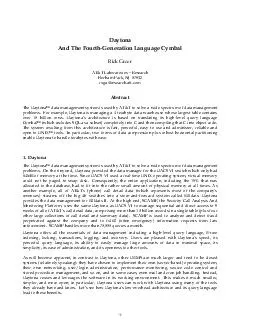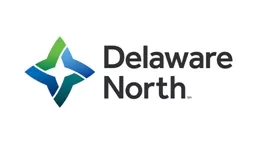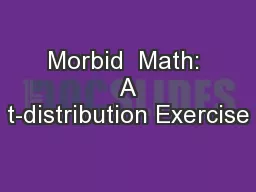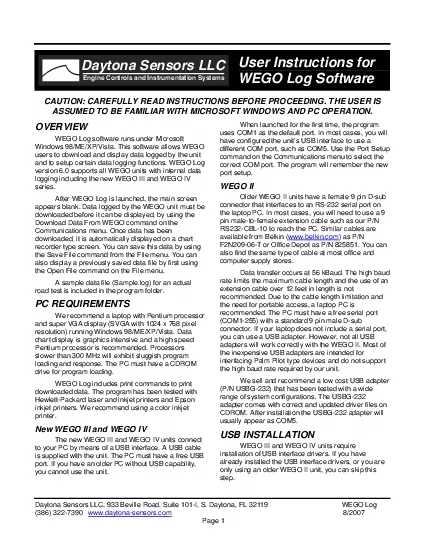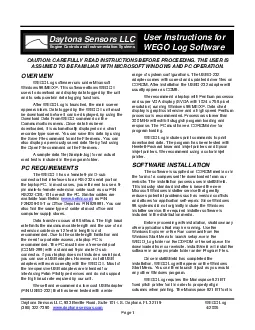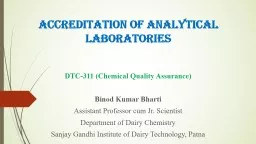PDF-Daytona And The FourthGeneration Language Cymbal Rick Greer ATT Laboratories Research
Author : min-jolicoeur | Published Date : 2014-12-15
attcom Abstract The Daytona data management system is used by ATT to solve a wide spectrum of data management problems For example Daytona is managing a 4 terabyte
Presentation Embed Code
Download Presentation
Download Presentation The PPT/PDF document "Daytona And The FourthGeneration Languag..." is the property of its rightful owner. Permission is granted to download and print the materials on this website for personal, non-commercial use only, and to display it on your personal computer provided you do not modify the materials and that you retain all copyright notices contained in the materials. By downloading content from our website, you accept the terms of this agreement.
Daytona And The FourthGeneration Language Cymbal Rick Greer ATT Laboratories Research: Transcript
Download Rules Of Document
"Daytona And The FourthGeneration Language Cymbal Rick Greer ATT Laboratories Research"The content belongs to its owner. You may download and print it for personal use, without modification, and keep all copyright notices. By downloading, you agree to these terms.
Related Documents

